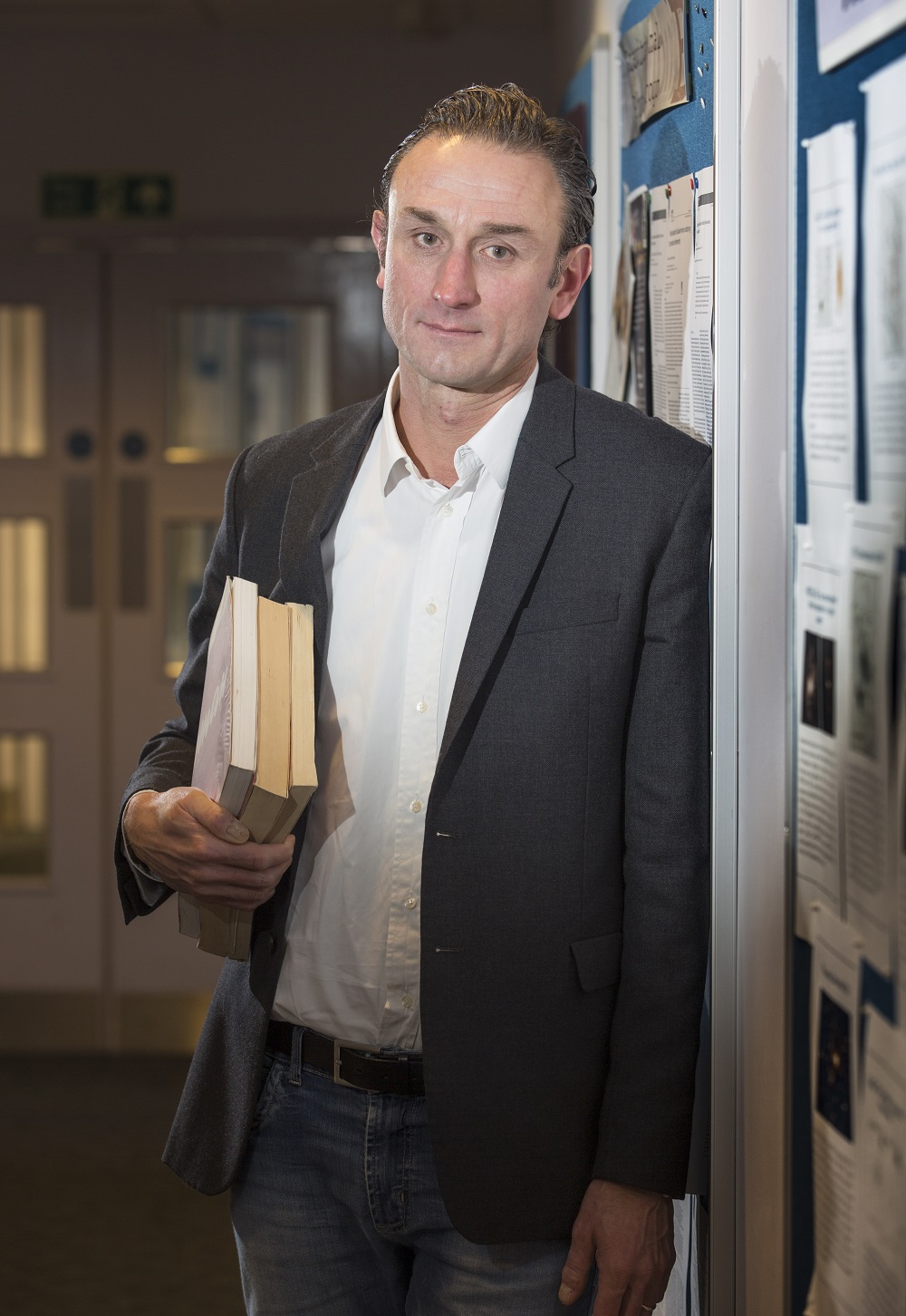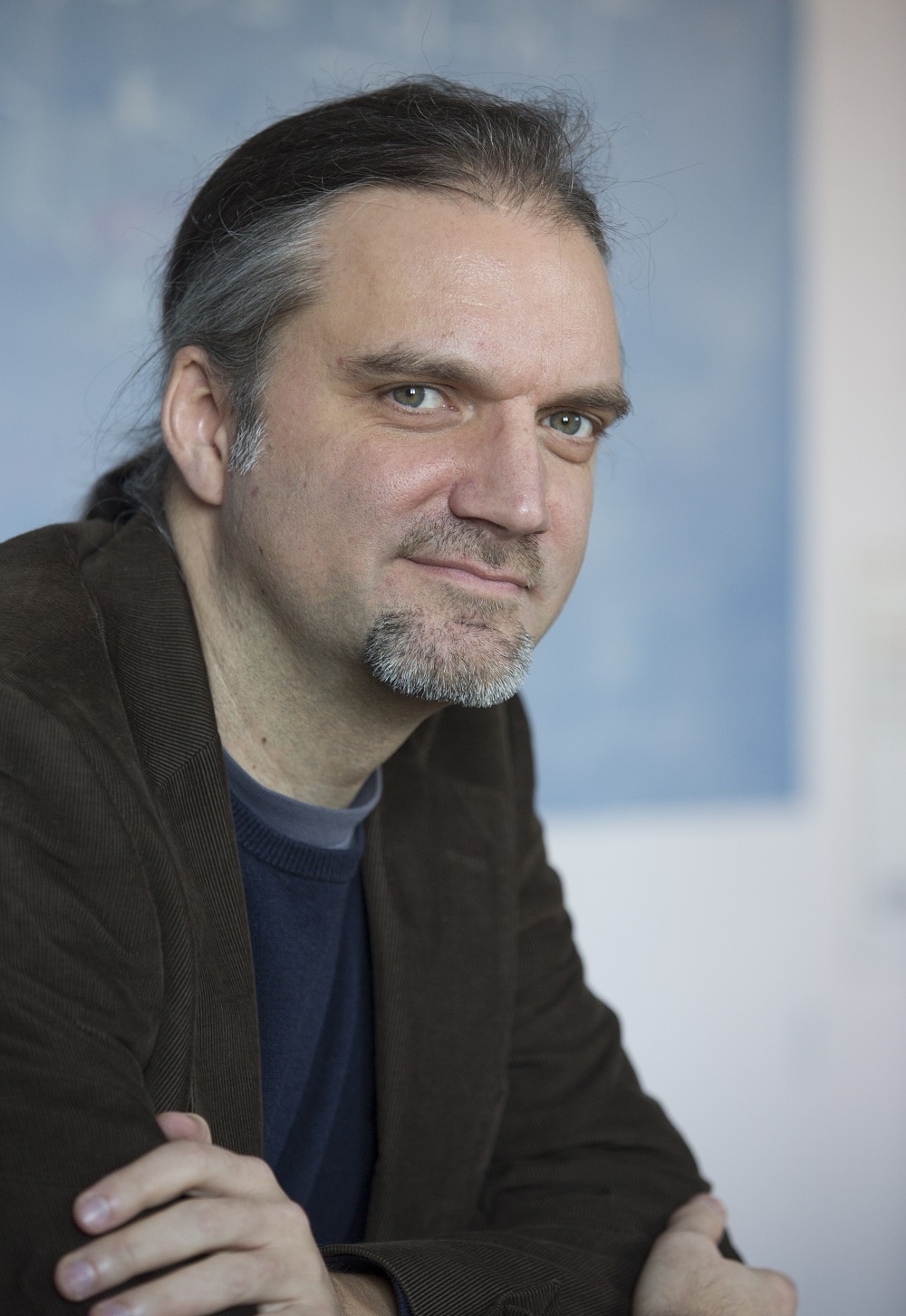At 3.00pm on Thursday 11 February University of Birmingham Professors, Alberto Vecchio and Andreas Freise, were huddled in a room full of journalists in central London. They were there as part of a team of international scientists ready to make the announcement of a lifetime, that on 14 September 2015 at 10:50:45 UK time, they had detected gravitational waves for the first time.
The importance of the revelation was apparent with the news appearing on the front pages of newspapers across the globe, being broadcast on all major news channels, and the continuing conversations taking place on social media.

Gravitational waves are ripples in the fabric of space time, arriving at the earth from a cataclysmic event in the distant universe. Physicists have concluded that the detected gravitational waves were produced during the final fraction of a second of the merger of two black holes, each around 30 times the mass of our Sun and located more than a billion light years from Earth, to produce a single, more massive spinning black hole. This collision of two black holes had been predicted, but never observed. The observation of these waves confirms a major prediction of Albert Einstein’s 1915 general theory of relativity and opens an unprecedented new window onto the cosmos.
Do you want to learn more about how gravitational waves were detected and how they will help us explore the Universe? Then watch the video below…
‘This observation is truly incredible science and marks three milestones for physics: the direct detection of gravitational waves, the first observation of a binary black hole, and the most convincing evidence to-date that Nature's black holes are the objects predicted by Einstein's theory.’
Professor Alberto Vecchio
The discovery was made by the Laser Interferometer Gravitational-wave Observatory (LIGO) Scientific Collaboration, a group of more than 1,000 scientists from 15 countries, and utilising data from the two Advanced LIGO detectors, located in the USA. The University of Birmingham has been involved in the Advanced LIGO project since its inception. The Gravitational-Wave Group at the University has developed and built components for the most sensitive instruments in the world – the high-performance sensors and control electronics for the LIGO suspension systems – and have made substantial contributions to the analysis of the data that have led to this discovery.
Watch the video below to hear Alberto and Andreas’ reaction to the discovery and see examples of some of the equipment used.
Over the coming years, the Advanced LIGO detectors will be ramped up to full power, increasing their sensitivity to gravitational waves, and in particular allowing more distant events to be measured. With the addition of further detectors, initially in Italy and later in other locations around the world, this first detection is just the beginning. Scientists from the University will continue to contribute to the design and development of future generations of gravitational wave detectors and to the analysis and interpretation of the data to unveil new phenomena in the cosmos.